Perhaps it is my astrological sign, but as a Gemini, I seem to be cursed blessed with a duality that consists of balancing my creative side with exacting nature of my logical side. In my personal life, I enjoy woodworking. Whether it is creating “art in the round” from a
Author
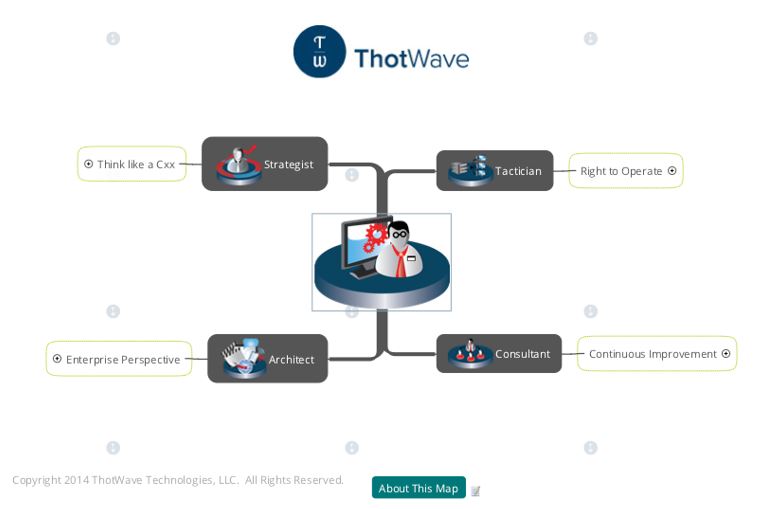
I can’t believe that it has been almost two months since SAS Global Forum in Washington DC! As always, I was reinvigorated and came back with even more ideas on how to improve the way that we do things, apply new lessons and try some things out – along with
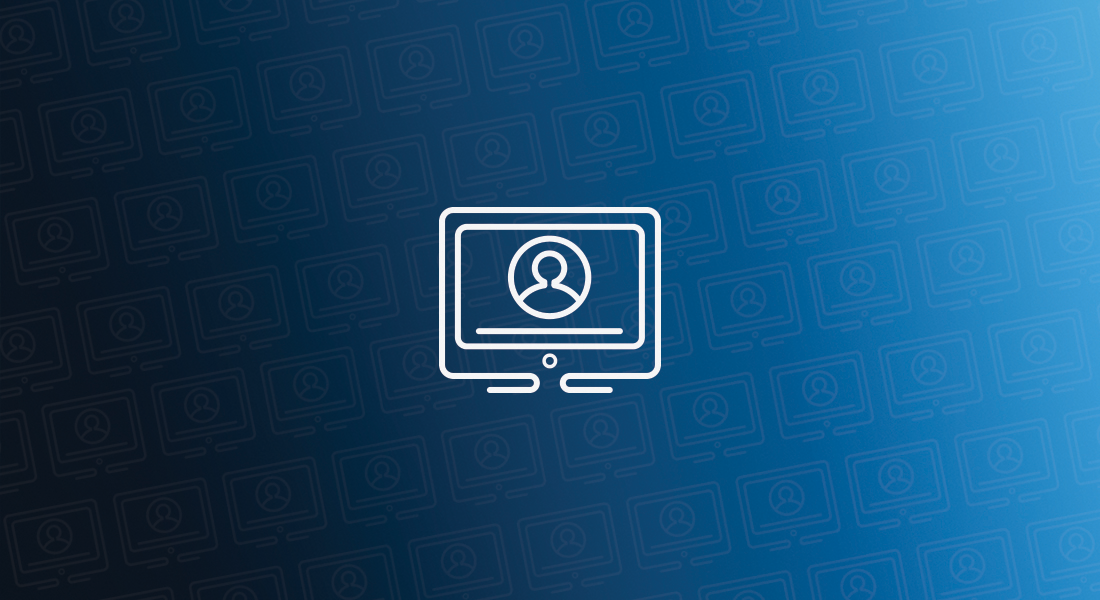
My journey to SAS Global Forum each year resembles a Gartner “Hype Cycle”. Every year, I leave the conference with a million ideas about how I can take what I’ve learned back into my own practice and think (foolishly) that I should write a paper on this or that. Then there

In November, I resumed the “it’s all about the data” series, laying a foundation for helping SAS administrators understand how SAS stores and manages data for use in business intelligence and analytic applications. For this article, I culled our internal Thotwave knowledge base and queried our consultants who get questions

Wow did the summer fly by! Now that grad school is over, it’s about time to resume the “it’s all about the data” series. In the last several posts, I tried to lay a foundation for understanding how SAS stores and manages data for use in business intelligence and analytic

Based on my previous posts, we are almost done with the basics of SAS libraries and how the various clients can access them. Before we leave this topic and go onto third-party database engines, I wanted to spend a few minutes talking about some best practices for making sure that
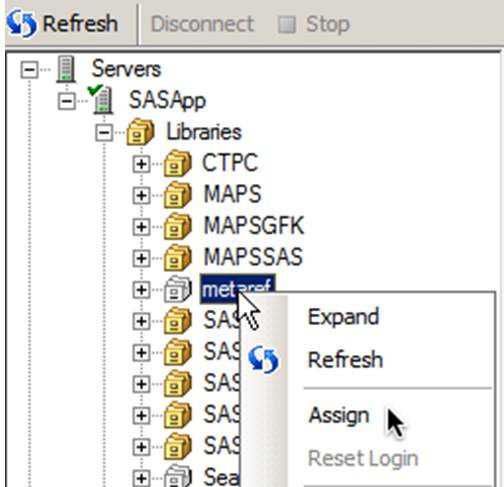
As we have seen my previous post "Seeing SAS data through metadata", there is a fundamental difference between accessing a SAS library using a physical reference or a metadata reference to that library. By now, you should now be an expert on the nuances of physical references to SAS data
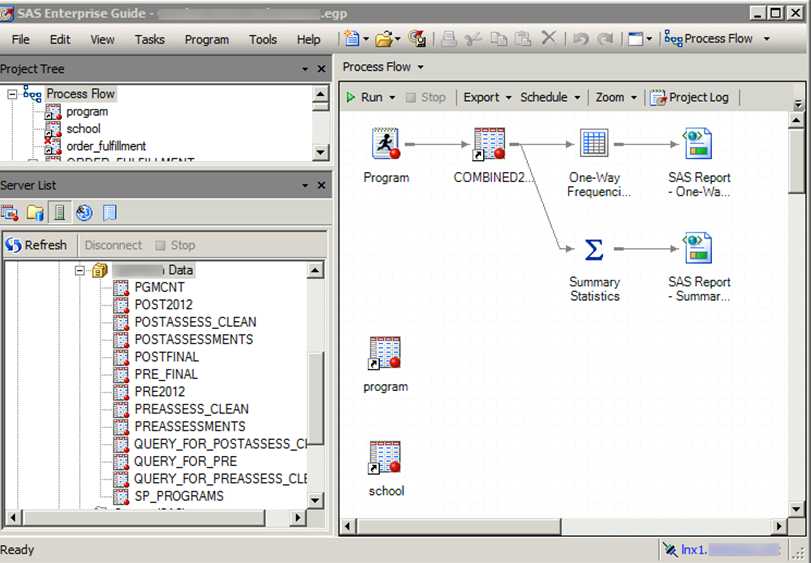
Last time we discussed the fundamentals of SAS data and how we reference that data in SAS Foundation. Now, we will turn our attention to how you access and protect data when you want to expose data through SAS clients versus the traditional LIBNAME method.
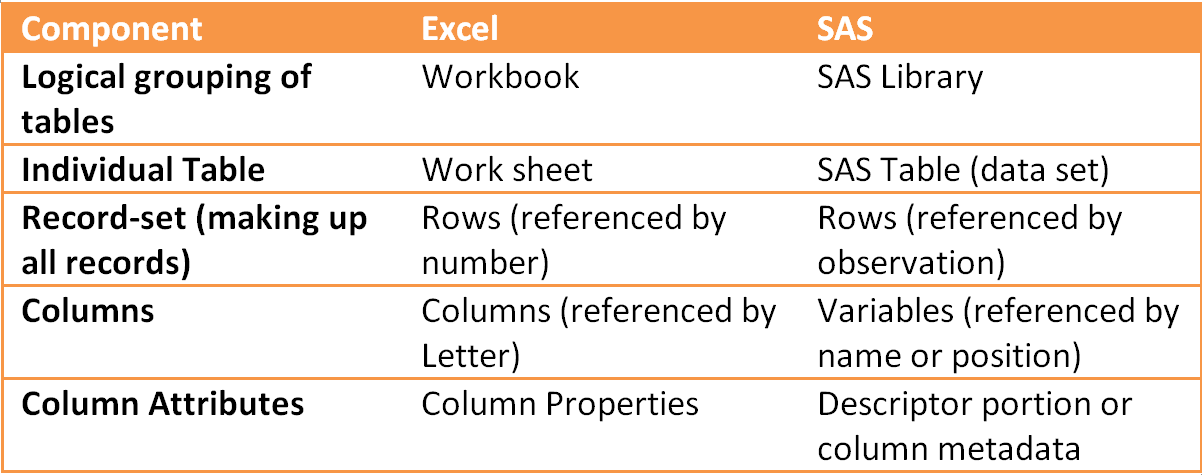
So let’s get down to it, what exactly do we mean by data in SAS? We hear all about “big data”, tiny data, datasets, metadata, OLAP, relational data, but what do I really need to know when it comes to SAS?

Happy belated New Year! For what it’s worth, no, I am not calling you a “dummy” or writing this just for Chris Hemedinger– just wanted to get your attention. This blog is actually an introduction to a series that I am kicking off this year entitled: "It's all about the data…"

